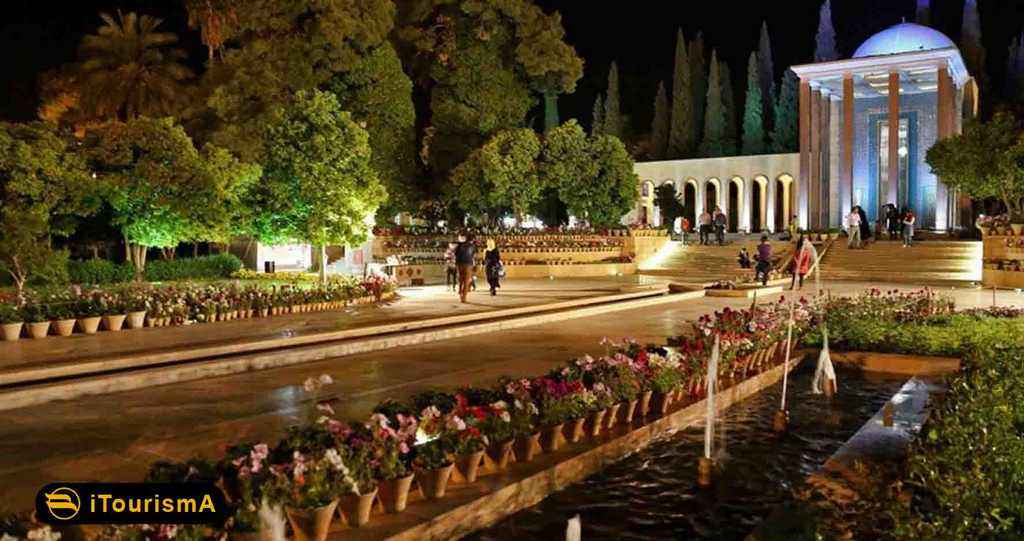The Iranian Famous Men (Part 2)
Thirty-three names of Iranian Famous Men have been registered by UNESCO so far. 5 of these glorious celebrities was introduced in the first part. 5 others introduces in this part.
6. Ferdowsi
Ferdowsi (940–1020), was a Persian poet and the author of Shahnameh (Book of Kings), which is the world’s longest epic poem created by a single poet. Ferdowsi is celebrated as the most influential figure in Persian literature and one of the greatest in the history of literature.
7. Saib Tabrizi
Saib Tabrizi also called Saib Isfahani (born in Tabriz in 1592) was a Persian poet and one of the greatest masters of a form of classical Arabic and Persian lyric poetry characterized by rhymed couplets, known as the Ghazal.
8. Omar Khayyam
Omar Khayyam was a Persian mathematician, astronomer, and poet. He was born in Neyshabur, in northeastern Iran. As a mathematician, he is most notable for his work on the classification and solution of cubic equations, where he provided geometric solutions by the intersection of conics. Khayyam also contributed to the understanding of the parallel axiom. As an astronomer, he designed the Jalali calendar, a solar calendar with a very precise 33-year intercalation cycle.
9. Jami
Jami, was a Persian poet, musician, literate and Sufi in 16th century. He is known for his achievements as a prolific scholar and writer of mystical Sufi literature. There are more than forty useful and valuable works from Jami.
10. Nima Yooshij
Ali Esfandiari, was a contemporary Persian and Tabarian poet who started the She’r-e now (new poetry) also known as She’r-e nimaa’i trend in Iran. He is considered as the father of modern Persian poetry.
















 iTourismA
iTourismA iTourismA
iTourismA iTourismA
iTourismA iTourismA
iTourismA iTourismA
iTourismA iTourismA
iTourismA iTourismA
iTourismA iTourismA
iTourismA iTourismA
iTourismA iTourismA
iTourismA